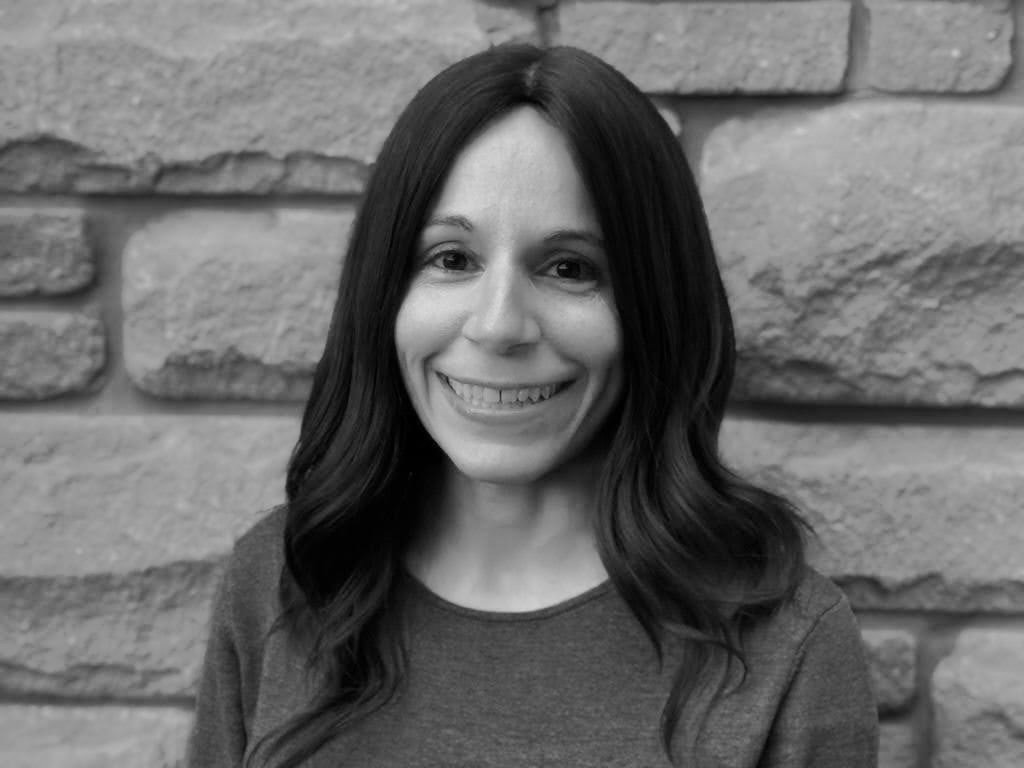What Abuse in the Jewish Community Means to Me
Phone Call “Do you have time to discuss something later?” the email asked.…

This month, we explore the question of abuse in our communities, as we learn about the pragmatic and particular changes that we can make in our lives to build a safer Jewish world for all.
Phone Call “Do you have time to discuss something later?” the email asked.…

What does Dr. Guila Benchimol, an Orthodox criminologist, want you to know about…

In this episode of the 18Forty Podcast, we talk to ADA Aharon Schrieber about what actually happens when you call the police to report a domestic violence or abuse crime.
In this episode of the 18Forty Podcast, we talk to ADA Aharon Schrieber about what actually happens when…
In this episode of the 18Forty Podcast, we talk to Rahel Bayar, founder of The Bayar Group, about…
In this episode of the 18Forty Podcast, we talk to Shira Berkovits, president and CEO of Sacred Spaces,…
Although there has been much news on the topic, there has been a dearth of scholarly material investigating sexual abuse within the Jewish clergy. Tempest in the Temple brings together fifteen practicing rabbis, educators, pastoral counselors, sociologists, mental health professionals, and legal advocates for abuse victims, each of whom offer insights into different facets of the problem. This book has three sections: The first describes rabbis who “break their vows” by abusing others, the second outlines community dynamics surrounding abuse, and why victims are often ignored or cast off, and the third deals with how Jewish communities can overcome stigma to deal with clergy abuse. This book deals with scandals with clarity and precision, to ensure that Jewish communities build a better, safer future.
This book is a guide for parents, mental health professionals, and community leaders on how to deal with prevention and intervention of sexual abuse in the Jewish community. This work is practical and pragmatic above all else, and deals with the cultural sensitivities and needs of Orthodox communities in dealing with teachers, parents, children, and community leaders to effectively implement prevention efforts in homes, schools, and communities. The book also contains sections describing the impact of abuse in the voices of survivors, a summary of how traditional Jewish law views the responsibility of the community in dealing with sexual abuse, and a section for mental health professionals that details psychotherapeutic approaches in work with victims and perpetrators.
In this book, Anson Shupe investigates clergy misconduct as it has unfolded across five faith-based groups. Looking at episodes of abuse in the Roman Catholic, Mormon, African American Protestant, white Evangelical Protestant, and First Nations communities, Shupe tackles hard questions not only about the sexual abuse of women and children, but also about economic frauds perpetrated by church leaders (including embezzlement, misrepresented missions, and outright theft) and cases of excessively authoritarian control of members’ health, lifestyles, employment, and politics. Drawing on case evidence, Shupe employs classical and modern social exchange theories to explain the institutional dynamics of clergy misconduct, arguing that there is a sort of contract of reciprocity and compliance between congregants and religious leaders, that, when amplified by charismatic awe of religious authorities, can lead to misconduct.
Support Jewish explorations today by supporting 18Forty. Your partnership makes our work possible.
Donate today.

